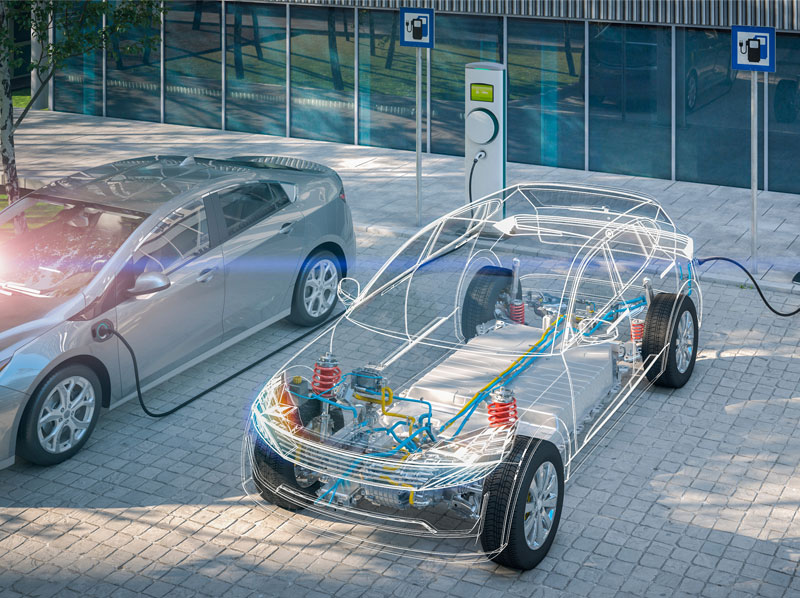
While the market effects of the COVID-19 pandemic will dampen electric vehicle (EV) sales in 2020, the long-term prospects for global EV adoption and the electrification of transport remain bright.
According to the latest BloombergNEF (BNEF) Electric Vehicle Outlook 2020, EV sales are projected to fall by 18% to around 1.7 million in 2020, ending ten consecutive years of growth.
However, the EV market is seen to be more resilient to COVID-19 disruption than the overall automotive industry. Automakers are expected to continue accelerating EV model launches, while cost and technology improvements will outweigh the short-term impacts of the pandemic.
Forecasts from the report show that EV sales will increase to 54 million worldwide and account for 58% of all new passenger car sales by 2040. Beyond passenger cars, the electrification of two- and three-wheeled vehicles and municipal buses are fast gaining traction and will accelerate further in the next ten years.
The growth trajectory for EVs worldwide have long-term implications for the oil and electricity markets and carbon emissions:
- Oil demand: Oil demand from passenger vehicles is hit hard by the pandemic and may never recover to 2019 levels. Currently, EVs across all segments are already displacing around 1 million barrels of oil demand per day. According to BNEF, this figure will rise significantly to 17.6 million barrels of oil per day globally by 2040.
- Electricity demand: By 2040, the combined consumption from passenger EVs, commercial EVs, e-buses and electric two-wheelers will add just 5.2% to global electricity demand in that year. BNEF points out that the projected growth in electricity demand will further flatten as electrification spreads to new segments with different usage patterns, and as more charging options become available. In advanced economies, EVs can help prevent overall electricity demand from falling.
- Emissions: EVs and fuel cell vehicles are set to reduce global CO2 emissions from road transportation by 2.57Gt a year by 2040, but total emissions are still 6% higher in that year than they were in 2019. More stringent fuel economy regulations for commercial trucks and other policy measures are needed to flatten the curve further.
The report also examines the impact of falling lithium-ion battery prices on upfront costs for EVs and predict that EVs may reach price parity with internal combustion vehicles in most segments by the mid-2020s. According to BNEF, battery pack prices will go below $100/kWh on a volume-weighted average basis by 2024, driven by the introduction of new cell chemistries and manufacturing equipment and techniques.
Discover the factors driving the EV market forward in the full BNEF Electric Vehicle Outlook 2020.